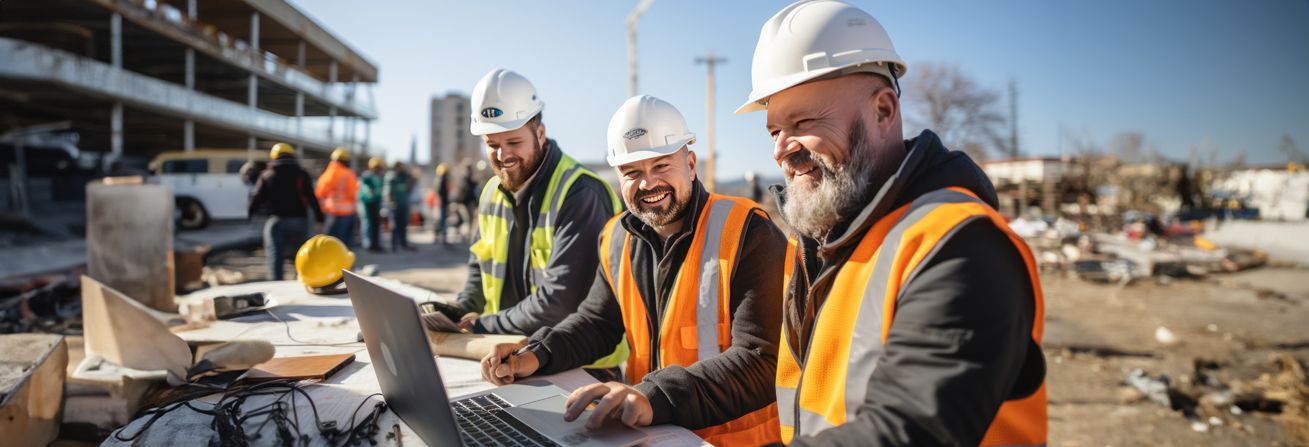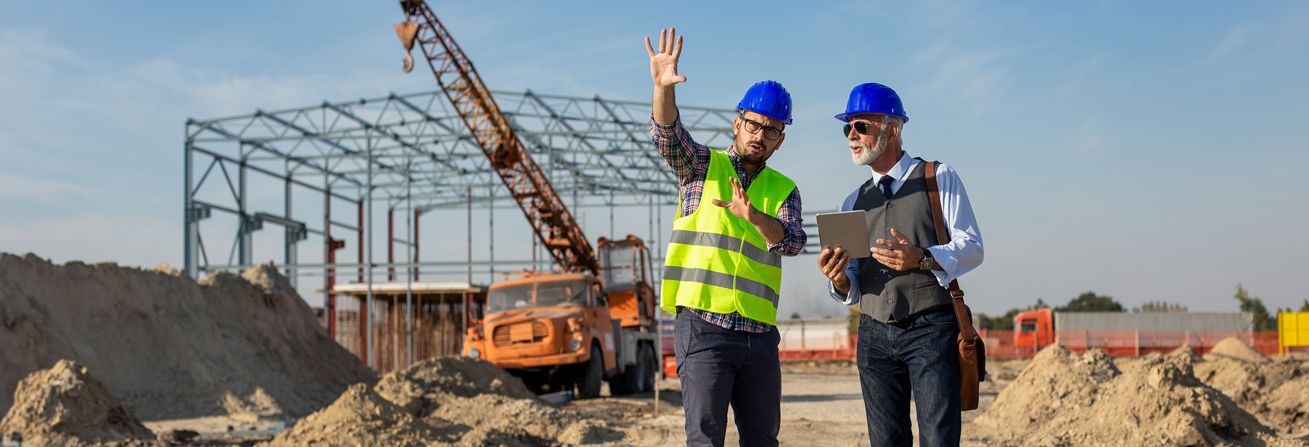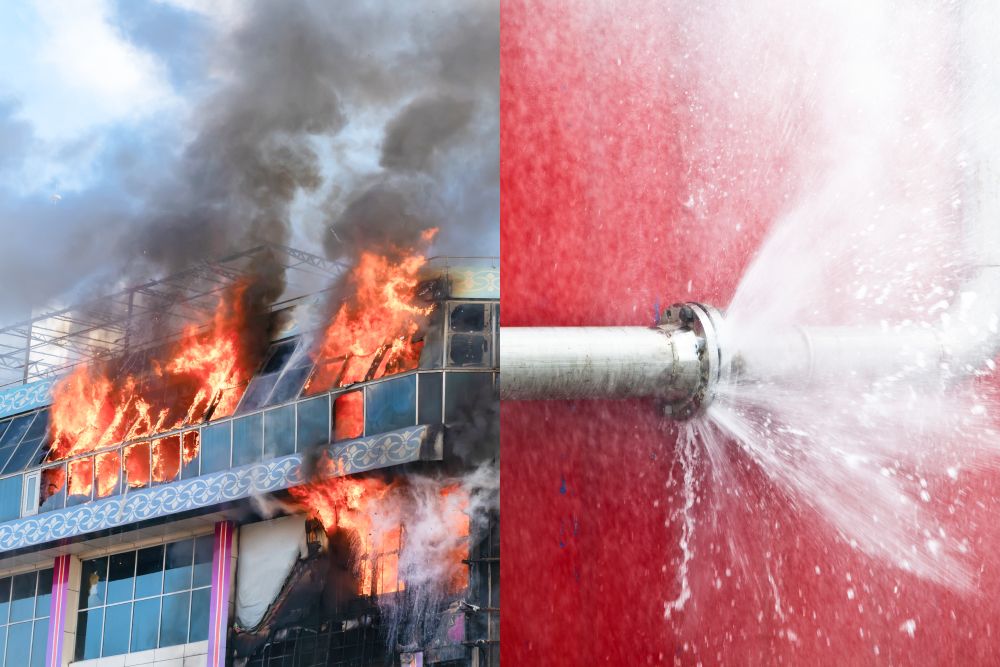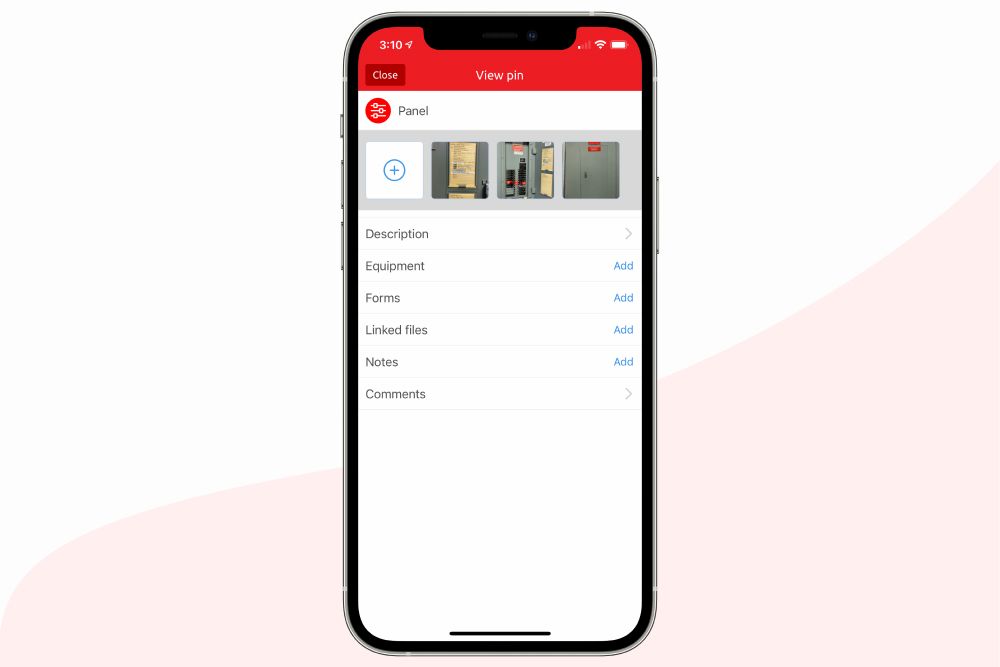How to Keep Critical Building Information from Walking Out the Door

The facilities management talent crisis has escalated to critical status. In 2017, an ARC Facilities survey revealed about 40 percent of facilities managers planned to retire by 2025.

Now, COVID-19 has added a new wrinkle
More of these managers are taking early retirement. According to a report conducted by three economics professors in April 2020, the number of people actively looking for work spiked less than the unemployment rate at the time. That, combined with more people claiming to be retired, led the economists to conclude that many boomers decided to drop out of the labor force.
Traditional recordkeeping methods create problems no matter what the employment situation. When staff doesn’t have immediate access to critical building information, minor emergencies quickly develop into major catastrophes. In addition, training new employees can take months longer than usual, as new hires scramble to find As-Builts, Closeouts and other documents.
As more senior members retire, facilities teams face a serious knowledge deficit. As these valued workers move on, critical building information is lost. Why?
Facility Management recollection and awareness. When emergencies strike, professionals rely on personal recall to retrieve the correct plans and shut off valve locations. There has never been a reliable, accessible system to store and retrieve this info efficiently. Even when building plans are available digitally, finding relevant information takes too much time.
Take action now to ensure both veteran and new facilities managers have building information at their fingertips in a format that’s accessible to anyone.
Building owners and occupants depend on facilities managers to ensure buildings and their systems remain safe, comfortable and sustainable. When something goes wrong, the facilities manager gets a call.

However, 86% of facilities managers ARC surveyed don’t have instant access to emergency information. Most of that information exists only on paper, tucked away in cramped storerooms. The rest of it exists on desktop computers or saved to DVDs and thumb drives.
When building information is difficult to access— either because someone has to search hundreds of files or because the facilities manager is on vacation—building safety and function become compromised.
A suboptimal building environment affects occupants’ safety, health and productivity. When occupants raise these issues, building owners take notice.
The Burton Barr Central Library, the main branch of the Phoenix Public Library, in Phoenix, Arizona, experienced the unfortunate consequences of information breakdown. In 2017, storm damage caused a water pipe on the building’s fifth floor to burst. The broken pipe poured 50 to 60 gallons of water per minute down to the lower floors.
It took facilities managers three hours to find the water shut-off valve. Because of the delay, the library sustained $10 million in damage. Had facilities managers located the shut-off valve within minutes, they likely would have prevented the loss of thousands of books and millions of dollars in repairs and revenue.
The lesson learned here and in many other emergencies is simple. We need instant access to critical building information if we are to avoid the escalation of simple accidents into catastrophes.
Rising retirement rates for facility workers, combined with outdated document management systems, creates a perfect storm of business disruption. To keep facilities running at peak efficiency, plan for tomorrow’s leadership changes today.

Welcome
Finding qualified workers to replace outgoing facilities managers takes ingenuity. The Bureau of Labor Statistics (BLS) didn’t recognize facilities management as an occupation until 2018. As a result, only a small number of colleges currently offer facilities management programs.
The International Facilities Management Association (IFMA) predicts between 50,000 to 100,000 facility management jobs will open over the next five to ten years. However, the number of skilled workers does not meet the demand.
The retirement challenge can easily be addressed by investing in technology that will allow you to extract information from building documents without human intervention for routine maintenance or in case of an emergency. This simple step will both preserve legacy knowledge and decrease reliance on employee recollections of building plans.

Technology plays as much of a role in a facilities succession plan as the people it serves. The next generation of facilities managers won’t accept outdated “analog” systems.

Building owners have invested in many technologies to serve the facilities industry, including Smart Building, CMMS and BMS software.
While these are all important, none address the issue of access to critical building information for regular maintenance and emergencies. Access to this critical information is left to human memory which is why building owners are struggling to address retirement issues. Critical needs of the industry have been left unaddressed. Building information including upgrades, code changes and tenant improvements are voluminous and complex. These changes add to the growing problem of documentation accumulation. More data and more time searching amounts to significant operational inefficiency.
An investment in a productivity improvement tool is worth the effort. When you have a solution that stores all this information in one place, in one format, you’ll save up to an hour a day in labor costs according to ARC Facilities data. You’ll also eliminate endless trips to the plan room, as well as mindless searching through outdated computer files. Staff won’t have to call your longtime facilities manager at 10 p.m. to find out where a valve is. Anyone with a mobile device can find the answer with a couple of swipes.
When choosing a facilities management platform, choose with the future in mind. The platform should scale as your business grows. It should also incorporate advanced technology that all generations of managers will easily embrace.
Forward-thinking technology that improves efficiency includes:

Artificial Intelligence.
When Google Maps predicts your commute time during rush hour, that’s artificial intelligence (AI) at work. When integrated into document management platforms, AI analyzes all the data so facilities managers can instantly access building information. With the addition of machine learning, information previously only available to facilities and maintenance personnel becomes accessible to everyone. Using an app, an office manager, nurse or other staff person can essentially read a blueprint. The app not only shows her the location of a shut-off valve, for example, it will show a picture of the valve and perhaps a video of how to turn off the valve.
When Google Maps predicts your commute time during rush hour, that’s artificial intelligence (AI) at work. When integrated into document management platforms, AI analyzes all the data so facilities managers can instantly access building information. With the addition of machine learning, information previously only available to facilities and maintenance personnel becomes accessible to everyone. Using an app, an office manager, nurse or other staff person can essentially read a blueprint. The app not only shows her the location of a shut-off valve, for example, it will show a picture of the valve and perhaps a video of how to turn off the valve.
OCR.
Optical Character Recognition (OCR) is a technology that converts scanned paper documents, PDFs, images and other documents into searchable, editable text. With OCR search capabilities, you can find what you need from a 50-page manual in seconds. A scanner only creates an image of a document. OCR software allows you to search that image.
QR codes.
QR codes are two-dimensional barcodes that help you identify information about the items they’re attached to. A smartphone can read QR codes to expedite repair and maintenance. When attached to an HVAC system, for example, a technician can quickly pull up manufacturer name, model and serial numbers, and other information.
Mobile-optimized software.
In 2019, more than half (53%) of web traffic came from smartphones, up from 16% in 2013. As 5G moves closer to reality, expect the amount of smartphone use to increase. To meet the needs of mobile-first users— including your new facilities managers—nearly every piece of digital information produced must be mobile-optimized. Facilities managers don’t spend much time at a desk. They move between buildings all day long. Giving them mobile access to critical building information allows them to act immediately to address concerns and solve problems, reducing risk to your building
HVAC system failures, water leaks and power outages keep facilities managers up at night. If one of these incidents occurs in a building without emergency staff, it creates devastating delays and damage. A power outage in a hospital puts lives at risk. A leak in an older building could destroy equipment and the building itself.

A mobile-optimized, user-friendly software solution that’s accessible and available to everyone helps facilities managers sleep easily. When all staff have the app on their phones, anyone—on site or not—can take action immediately. No longer does information exist only in one person’s head. It’s at everyone’s fingertips to use and to share with each other and with first responders.
An accessible mobile platform also gives new hires the information they need from day one. The transition from old guard to new becomes simple and efficient. Several months of training gets whittled down to weeks. Instead of spending valuable time understanding a disorganized file system on a desktop computer, the new facility manager can focus on learning core competencies from the retiring manager.
As you transition information into the cloud, which is where most software solutions store data, identify what information facilities teams use most frequently. Typically, the most-used information includes:
- Complete set of current as-builts
- Shut-off locations and instructions
- O&Ms
- Warranties
- Emergency plans & procedures
- Compliance documents
These documents are familiar to facilities teams. The right digital solution will make them seem familiar to people outside the facilities management space.
An intuitive user interface and advanced technology will ensure key building information is accessible to anyone, anywhere, anytime.
The Path Forward
The combination of a retiring workforce and a talent shortage signal challenging times ahead for facilities management. The businesses that plan strategically to attract and retain new facilities managers, as well as use technology to ease the transition, will find themselves well positioned for the next five years and beyond.
ARC Facilities provides a mobile-first platform designed to assist in all aspects of facilities management succession planning. With an easy-to-use interface, the ARC Facilities platform lets your team operate from anywhere.
AI allows facilities managers to share and access information, while powerful OCR search and hyperlinking technology capabilities lets them find what they need fast.
Arends, Brett. “Opinion: COVID-19 crisis sparks ‘early retirement’ wave.” MarketWatch, May 2, 2020.
https://www.marketwatch.com/story/covid-19-crisis-sparks-early-retirement-wave-2020-04-30
Hanford, Desiree J. “How FMs are Using Internships, Apprenticeships to Develop Talent.” Facilities Net, May 15, 2019.
Hanford, Desiree J. “How FMs are Using Internships, Apprenticeships to Develop Talent.” Facilities Net, May 15, 2019.






